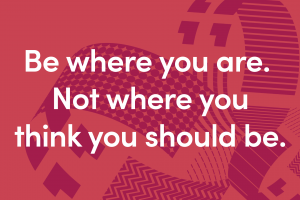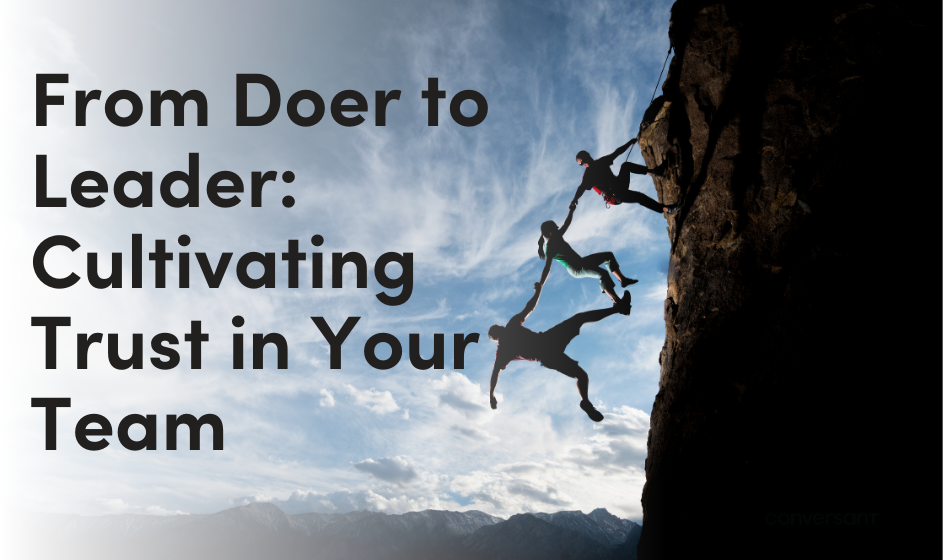
4 Keys to Managing in Times of Ambiguity (a.k.a., today and forever more)
The world we find ourselves in challenges the best of leaders. The old ways have gotten us here but were designed for a world that used to be…not a world that is constantly changing, evolving, morphing in unpredictable and confusing ways.
Most leaders rose to their positions as a result of being “the best at the current way of doing things.” The challenge is that doesn’t make us the natural candidates to lead into a new way. So, how do we manage in the swirl of ambiguity?
1. Dialogue is the basic, and most important, unit of work
Recognize that leading in dynamic times is predominantly an exercise in orchestrating smart conversations where we’re open to the brilliance that comes from the productive clash of different views, perspectives and ideas. If the path forward looks like this:

…then it becomes a journey of discovery where no one person has all the necessary information, the full view or the best ideas. How do we navigate? By constantly engaging, listening, and learning in 360 degrees around us.
2. As you go forward, notice your reactions
Moving forward means leaving things behind; things we’re comfortable with…maybe even things we ourselves have invented. This “pull to the past” can only be managed by being aware of it.

We often underestimate the emotional journey of making decisions in ambiguity. For those interested in taking a deeper dive, A particularly good resource is the seminal work of William and Susan Bridges in “Managing Transitions.”
Managing this most human part of leading in ambiguity is a team sport. It requires awareness from all of us to support each other through the swings that can range from joy to despair and everything in between.

3. Action is the jet engine for learning
In times of ambiguity, facts are few and opinions are many. How does a leader deal with that lack of “terra firma”? Tex Johnston, the legendary Chief Test Pilot for Boeing said it best, “One test flight is worth a thousand opinions.”
Get. In. Action. Ask yourself “what, if we knew it, would make this decision easy?” And then design your next action to learn what you can. In fact, design your next group of actions to include huge learning components to make the next actions after that even smarter.
4. You have strengths…draw on them!
In addition to technical strengths or experiences, we all have different character strengths that guide the way we behave in and outside work. Some people are curious and creative, while others may have bravery, honesty, fairness and humor in their make-up. Using our character strengths can help us shift our mindset, manage our anxieties and get ourselves into a good place to make bold, new decisions and invent the future we want.




